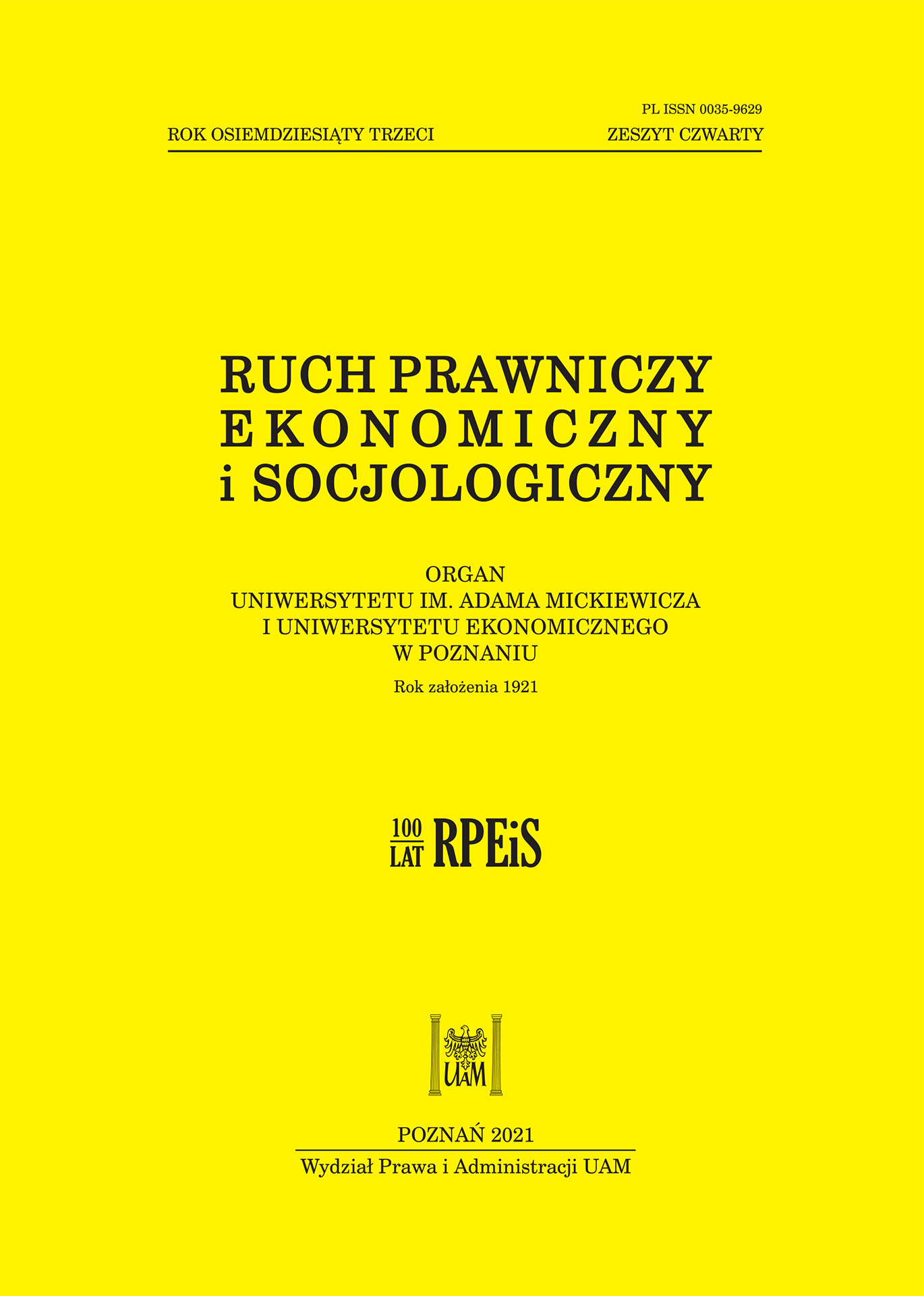Wiek a absencja chorobowa pracowników
Age and sickness absenteeism
Author(s): Łukasz JurekSubject(s): Economy, Business Economy / Management, Human Resources in Economy
Published by: Uniwersytet Adama Mickiewicza
Keywords: sickness absenteeism; sick leave; age; older workers
Summary/Abstract: The main goal of the article is to compare the sickness-related absence among workers from different age groups. An additional goal is to verify whether there is the same pattern of sickness absenteeism in Poland as observed in several other countries, namely that younger and older workers tend to exhibit different patterns of absenteeism, in terms of frequency and duration. In order to measure absence due to sickness, three sorts of indicators were used: (i) the average frequency of absence in a year, (ii) the average duration of absence in a year, and (iii) the average duration of a single period of sick leave. These indicators were calculated for five-year age groups, with an additional division by gender. The calculations were based on data from the Social Insurance Institution (ZUS) for the period 2012–2019. On the basis of the obtained results, it can be concluded that workers are characterized by different absenteeism behaviour. The key is not, however, the general (average) level of absence, but the detailed configuration of this absence in terms of particular parameters. The most important finding is that the pattern of absence due to sickness was confirmed with regard to the youngest and oldest workers: the frequency of absence is the highest among the youngest workers and the lowest among the oldest, while the duration of absence is the longest among oldest workers and the shortest among the youngest.
Journal: Ruch Prawniczy, Ekonomiczny i Socjologiczny
- Issue Year: 83/2021
- Issue No: 4
- Page Range: 225-238
- Page Count: 14
- Language: Polish

